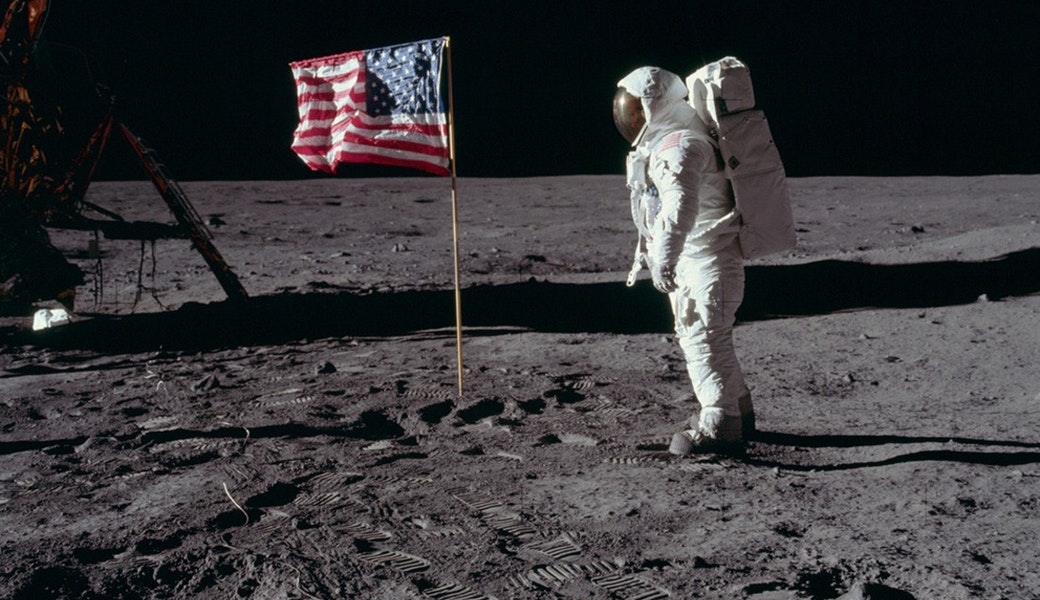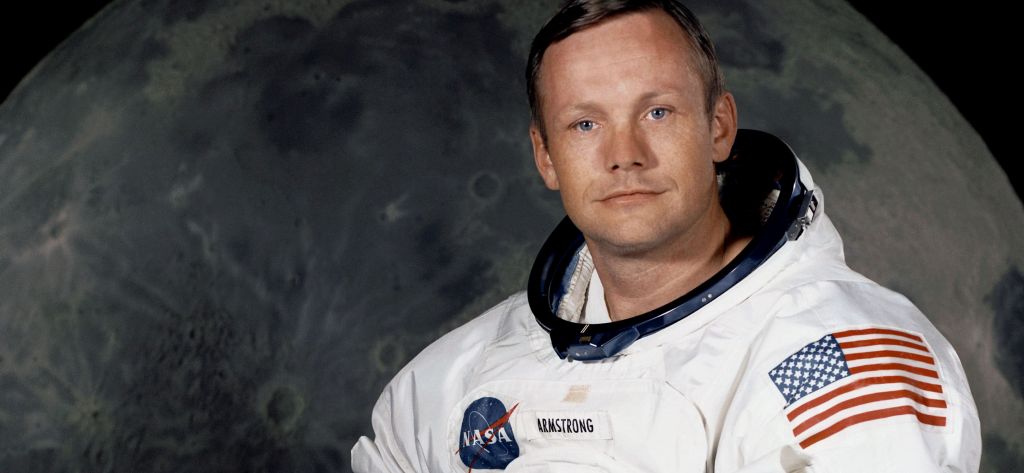Authors:
Historic Era: Era 10: Contemporary United States (1968 to the present)
Historic Theme:
Subject:
Summer 2019 | Volume 64, Issue 3


Authors:
Historic Era: Era 10: Contemporary United States (1968 to the present)
Historic Theme:
Subject:
Summer 2019 | Volume 64, Issue 3

As long as there are history books, Neil Armstrong will be in them.
In May 1961, President John F. Kennedy had committed the nation “to achieving the goal, before the decade is out, of landing a man on the Moon and returning him safely to Earth.” A little over eight years later, on July 20, 1969, Neil Armstrong commanded the Apollo 11 mission that simultaneously ended the Soviet-American space race and met America’s goal with more than five months to spare.
“Roger, Tranquility,” CapCom Charlie Duke in mission control replied. “We copy you on the ground. You’ve got a bunch of guys about to turn blue. We’re breathing again. Thanks a lot.”
The same could have been said for hundreds of millions of people around the world watching on black-and-white television.
Armstrong, with Colonel Edwin E. “Buzz” Aldrin Jr. at his side, steered their lunar landing craft Eagle to a lunar plain close to the southwestern shore of the Sea of Tranquillity. With the world watching, onboard computer alarms sounding, and the fuel extremely low and getting lower, Armstrong was in his element. He skimmed over large boulders covering the planned landing site, and softly touched down.
His words to Houston were as historic as his deed: “Houston, Tranquillity Base here, the Eagle has landed.”
About 6 1/2 hours after landing, with a television camera watching every step, Armstrong climbed down Eagle’s ladder, set his feet in the lunar dust, and said: “That’s one small step for [a] man, one giant leap for mankind.”
The moonwalk lasted 2 hours and 19 minutes, long enough to let Armstrong and Aldrin test their footing and set up an American flag, a television camera, and scientific instruments to collect rock samples.
Apollo 11 left a plaque on the Moon, attached to Eagle’s ladder leg, which Armstrong read aloud: “Here men from the planet Earth first set foot upon the moon. July 1969 AD. We came in peace for all mankind.”
Aboard the spacecraft Columbia about 60 miles overhead, Michael Collins circled in lunar orbit awaiting Armstrong and Aldrin’s return. Collins played a crucial role throughout the mission, especially in ensuring